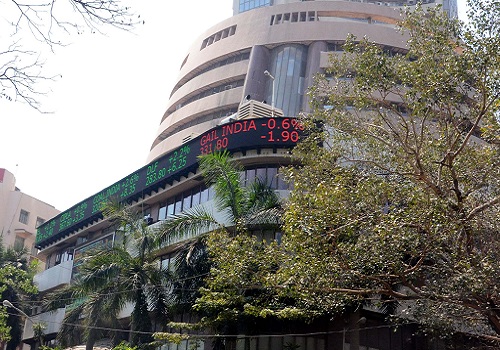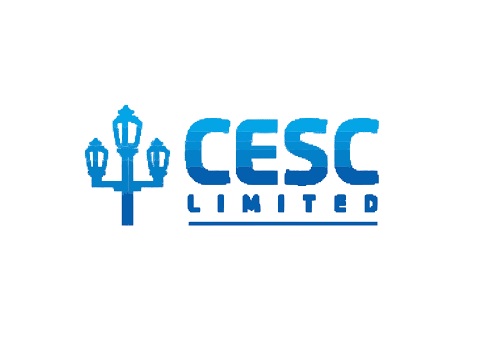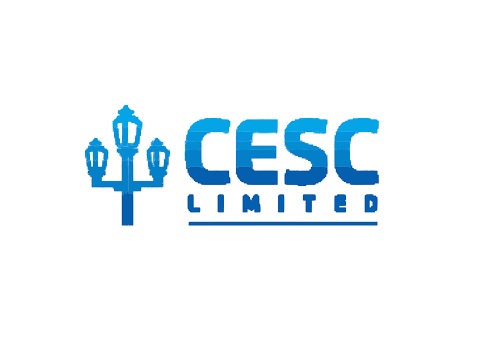Pharmaceuticals Sector Update - E-pharmacy: Opportunities and challenges aplenty By Emkay Global

Follow us Now on Telegram ! Get daily 10 - 12 important updates on Business, Finance and Investment. Join our Telegram Channel
E-pharmacy: Opportunities and challenges aplenty
We hosted Mr. Kartik Anantharaman, Director of e-Pharmacy and Private label business at Medlife, to understand his views on the online pharmacy space. He has around two decades of experience in the Indian pharma sector.
* Evolution of E-Pharmacy in India: The Indian e-Pharmacy space, which was in its nascent stage of development, has become more popular, thanks to the Covid-19 outbreak. The pandemic has created lots of first-time buyers of both prescription and OTC drugs who are willing to stick to e-pharmacy purchases even after the pandemic. Average traffic per day surged 4-5x during the lockdown period. In addition, customer conversion went up from 12-15% pre-lockdown to 20-22% after lockdown. However, average order value came down drastically from ~Rs3.5K to ~Rs800 after lockdown. As a result, average revenue of e-Pharmacy players have declined during the pandemic.
* Shift in trends due to Covid-19: ~70% of e-Pharmacy business pre-pandemic came from chronic therapies such as diabetes, blood pressure, cholesterol, among others. That trend shifted heavily toward Covid essentials post lockdown, and chronic therapies’ contribution came down to 40-45% of total online revenues. However, growth in Covid essentials tapered down in H2FY21. Another trend that has emerged from the pandemic is the shift from offline consultation to online consultation. Highly experienced doctors and specialists are increasingly adopting online consultation as the pandemic has adversely affected their earnings.
* Path to profitability will involve significant change in business model: Traditional model of online pharmacy players was to have a central warehouse along with multiple fulfillment centers, typically one for each state, for last-mile delivery. This, however, is an expensive business model with significantly high operational cost and therefore not viable. Currently all e-pharmacy players are burning cash and to breakeven at the EBITDA level, they need to have an average order value of Rs3-3.5K and cut operational costs drastically which is possible only with an omnichannel model. The omnichannel model involves online pharmacy players to work with offline players (brick and mortar stores), eliminating competition between the two and enabling collaboration by complementing each other’s strengths. The omnichannel format also provides operating leverage as e-Pharmacy players can easily service more orders per day. Separately, profitability is also dependent on the mix of bulk purchases vs. just-in-time purchases. To be profitable, the bulk purchases need to be at least 70%+. For this, companies will need better clarity on demand and the prescription patterns of doctors.
* Demand internalization - the next stop: Despite good traction with consumers, Epharmacies have failed to get a good grasp on demand forecast for particular SKUs/ brands as they do not have any control over prescriptions, which are generated by doctors. Going forward, e-Pharmacies are expected to collaborate with teleconsultation providers such as Practo, Lybrate, Docstat, etc. to internalize demand generation and offer the entire bouquet of services.
* Private label and substitution picking up only gradually: While private label and substitution could help improve the profitability of the E-pharmacies, substitution of prescribed brand for a trade Gx or private label is a costly affair with limited chance of success. The best substitution rate the companies have witnessed is only ~12%.
* Consolidation in the offing: According to Kartik, the industry is poised for consolidation and will move towards the omnichannel model to best suit customer experience. While India still has the majority of its drug sales through offline pharmacies, the omnichannel model will be shaped by the need for greater consumer control, superior quality of service and customized offerings.
To Read Complete Report & Disclaimer Click Here
For More Emkay Global Financial Services Ltd Disclaimer http://www.emkayglobal.com/Uploads/disclaimer.pdf & SEBI Registration number is INH000000354
Above views are of the author and not of the website kindly read disclaimer
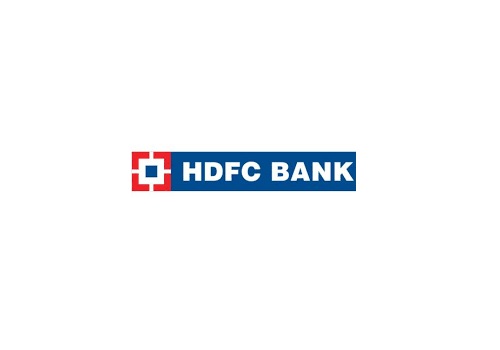





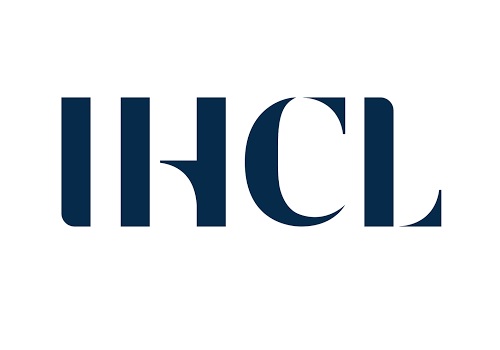
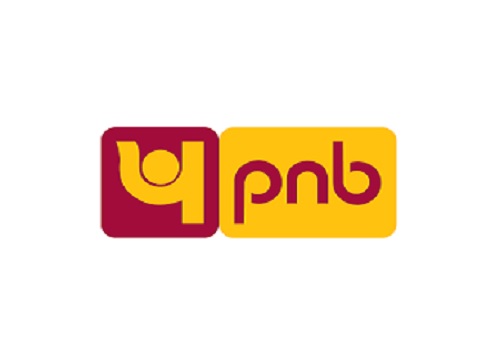

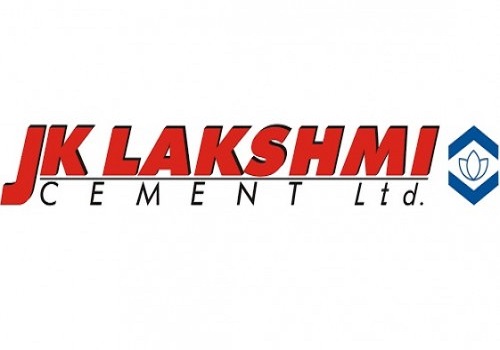
Tag News

Insurance Sector Update : Life New Business ? Aug-23: Robust growth for the private sector B...
More News

Metals Weekly: Winter is arriving in Europe, and will impact all - Motilal Oswal Financial S...







